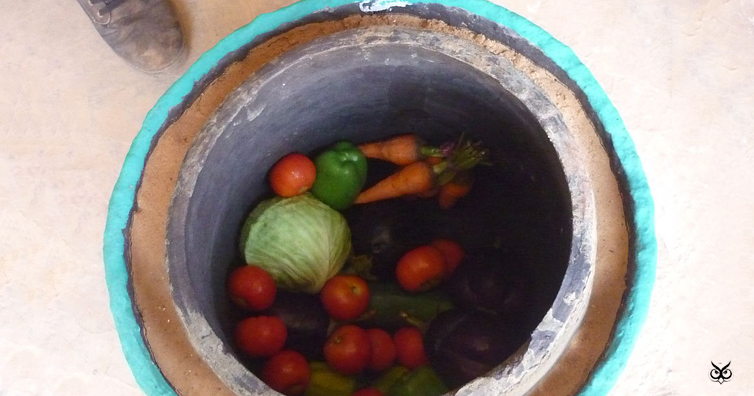Even though artificial refrigeration appeared in the beginning of the 19th century, ancient civilizations had already developed techniques in order to cool and preserve their food. One of them, was the pot-in-pot refrigerator.
Earthware pots and evaporative cooling was used as early as 2500 BC in ancient Egypt. The “zeer”, as its named in Arabic, is made by placing a clay pot inside a larger one and add wet sand between them and a wet cloth on top. The device must be then placed in a dry, ventilated place and as the water evaporates towards the outside, it cools down.
Here’s how ti works: (the article continues after the ad)
In a perfect condition, with a constant flow of cool dry air, the pot can get as low temperatures as 40 °F (4.5 °C). This is important as this temperature is lower than the “middle temperature” hence food spoilage bacteria have significantly slowed growth.
Now you know!
If you like what you read, then you will definitely love this one: This Is Why Refrigerators Have Magnetic Doors
Main Article Photo: Creative Commons
Photoshop: I’m A Useless Info Junkie
Sources: A Practical Zeer Pot (evaporative Cooler / Non-electrical Refrigerator) | Cold water in rural India : matka(earthen ware)
Widget not in any sidebars

